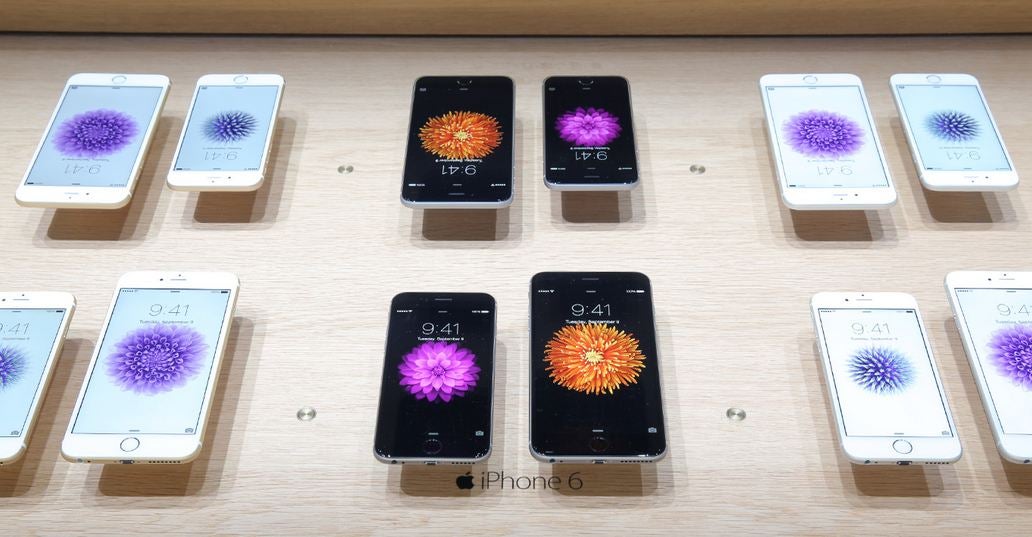iOS 9.3: How to switch on Night Shift, the iPhone setting that promises to help you go to sleep
Night Shift makes your iPhone or iPad screen turn a subtle yellow, and (supposedly) makes you better at getting to sleep

Your support helps us to tell the story
From reproductive rights to climate change to Big Tech, The Independent is on the ground when the story is developing. Whether it's investigating the financials of Elon Musk's pro-Trump PAC or producing our latest documentary, 'The A Word', which shines a light on the American women fighting for reproductive rights, we know how important it is to parse out the facts from the messaging.
At such a critical moment in US history, we need reporters on the ground. Your donation allows us to keep sending journalists to speak to both sides of the story.
The Independent is trusted by Americans across the entire political spectrum. And unlike many other quality news outlets, we choose not to lock Americans out of our reporting and analysis with paywalls. We believe quality journalism should be available to everyone, paid for by those who can afford it.
Your support makes all the difference.iOS 9.3 has a feature that promises to make you sleep better. But it can be hard to work out how exactly to turn it on.
iOS’s Night Shift mode changes the colours of the screen to make them more yellow at night. That makes the screen look less glaring in the darkness of the evening, and is said to make it easier to get to sleep after looking at your iPhone or iPad.
Though the feature was talked about in-depth before it launched, and received rave reviews when it did, actually finding the switch can be a bit more obscure.
To turn on the new feature, head to the Settings app and click on “Display & Brightness”. The Night Shift setting will be inside there.
You can either turn the feature on manually, or schedule it for when you want to run. You can also adjust exactly how orange or yellow you want it to be — using a slider that goes from Less Warm to More Warm.
The effect isn’t subtle when it turns on: around sunset, your screen will fade to a much warmer colour. But studies and anecdotal use have shown that it helps make the iPhone easier to look at and can help reduce the impact that the phone’s bright, glowing screen has on your sleep.
It might still be helpful to know where the option is so that you can turn it back off again. If you’re watching a film on an iPad, for instance, the colour change might make things look a little unnatural and you might want to flip it back off temporarily.
If you’d like to get the same effect on your computer, then it’s a good idea to install f.lux — a program that does the same thing and is offered for Windows, Mac, Linux and Android. It can be downloaded from the developers’ website.
f.lux also offers some extra options on top of the iPhone’s own version. You can configure your lighting, meaning that the colour temperature of the screen will match that of your lights, for instance.
Join our commenting forum
Join thought-provoking conversations, follow other Independent readers and see their replies
Comments